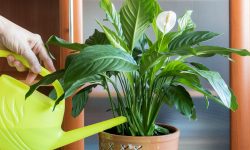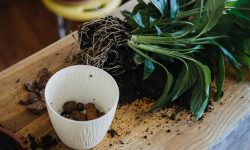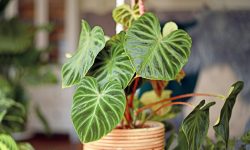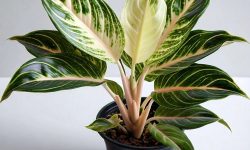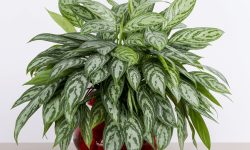Kalanchoe is a resilient, colorful, and compact succulent that has become a favorite among indoor gardeners. Its easy-care nature, eye-catching flowers, and versatility make it a fantastic addition to any home, whether you’re a seasoned plant parent or a complete beginner. To successfully grow kalanchoe indoors throughout the year, it’s essential to understand the plant’s basic needs and how to adjust your care techniques with the seasons. In this guide, we’ll walk you through all the steps to help your kalanchoe thrive indoors, bloom again and again, and brighten your space with minimal effort.
Understanding Kalanchoe as a Houseplant
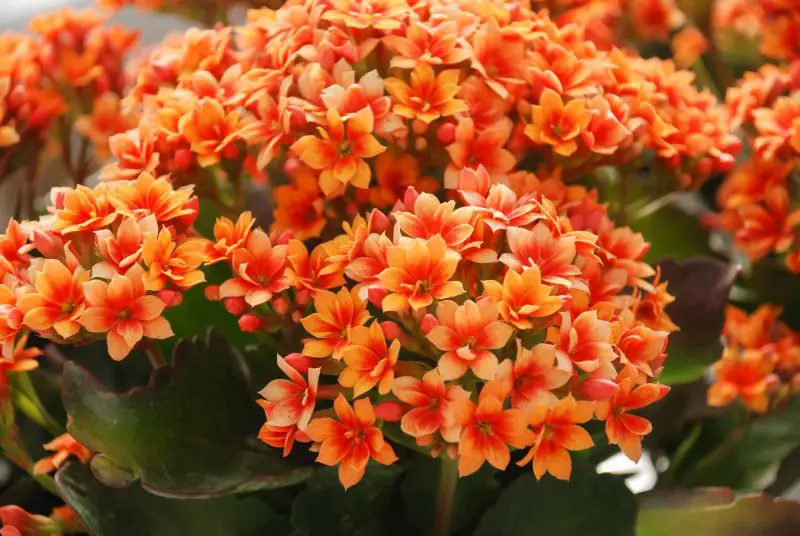
Kalanchoe is native to Madagascar and is well-suited to indoor life thanks to its ability to tolerate dry conditions and moderate neglect. It features thick, water-storing leaves and clusters of tiny, vivid flowers that can bloom for weeks. Although kalanchoe is often marketed as a disposable holiday plant, it’s actually a long-lived succulent that, with the right care, will rebloom annually and remain a staple of your home garden.
Choosing the Right Location for Your Kalanchoe
One of the most important factors for growing kalanchoe successfully indoors is finding a bright spot. The plant thrives in environments with plenty of indirect sunlight. A south- or west-facing window is typically ideal, but be careful of too much direct sun, which can scorch the leaves. If your space doesn’t receive sufficient natural light, consider placing the plant under a full-spectrum grow light for a few hours each day to ensure proper photosynthesis and healthy growth.
Preparing the Ideal Soil Mix
Kalanchoe requires well-draining soil to prevent root rot. A specialized succulent or cactus mix works best because it allows water to drain quickly. If you’re making your own soil mix, combine standard potting soil with coarse sand and perlite. This combination helps mimic the arid conditions of the plant’s native habitat, reducing the risk of overwatering and ensuring roots have access to air.
Selecting the Best Pot for Indoor Growth
The container you choose for kalanchoe should have good drainage holes at the bottom. Materials like terracotta or unglazed ceramic are excellent choices because they allow excess moisture to evaporate. The size of the pot should match the size of the root ball; a snug fit helps keep the plant stable and prevents water from accumulating around the roots. Avoid oversized pots, which retain too much moisture and slow down drying time.
Watering Your Kalanchoe the Right Way
Kalanchoe needs less water than typical houseplants. Wait until the top inch of the soil is dry before watering again. During the active growing and blooming period, you may water every 7 to 10 days, depending on the indoor climate. In winter, when the plant slows its growth, reduce watering to once every two or three weeks. Always water deeply but allow any excess water to drain away. Never let the pot sit in a tray of standing water.
Feeding for Continuous Indoor Growth
While kalanchoe doesn’t demand heavy fertilization, feeding it during the growing season supports blooming and strong foliage. Use a diluted, balanced liquid fertilizer once a month during spring and summer. Stop feeding in fall and winter when the plant enters a rest period. Too much fertilizer can lead to excessive leaf growth at the expense of flowers, so err on the side of caution.
Keeping Indoor Temperatures Comfortable
Kalanchoe prefers moderate temperatures and does best when indoor environments range between 60°F and 85°F. Keep it away from cold drafts, open windows in winter, or heaters that could dry out the air. The plant does not tolerate frost and should be kept inside year-round in colder climates. Kalanchoe also adapts well to average indoor humidity, making it a suitable choice for various regions and housing conditions.
Encouraging Indoor Blooming
Kalanchoe is a photoperiodic plant, meaning it requires a period of darkness each day to set flower buds. To stimulate blooming, especially in winter, reduce its exposure to light for about six weeks. Give the plant no more than 10 hours of light and at least 14 hours of complete darkness daily. After this period, return the plant to bright light and resume regular watering and feeding. Within weeks, you should see buds forming.
Managing Growth with Regular Pruning
Trimming your kalanchoe promotes a bushier, more compact plant and removes faded flowers and dead leaves. After the flowering period ends, snip off the spent blooms to redirect the plant’s energy toward leaf and root development. If the plant becomes leggy, cut back long stems to encourage branching. Always use clean, sharp scissors or pruning shears to avoid infecting the plant.
Addressing Common Indoor Issues
Most problems with kalanchoe stem from overwatering. If you see yellowing leaves, soggy stems, or mold on the soil, let the plant dry out thoroughly and adjust your watering schedule. Pests like mealybugs or spider mites can occasionally appear, especially in dry indoor conditions. Remove these pests by wiping the leaves with a cloth dipped in insecticidal soap or neem oil. Also, ensure your plant isn’t overcrowded with others, which reduces airflow and increases the chance of infestation.
Repotting to Refresh Growth
As kalanchoe grows, it may outgrow its pot. Repotting every two years helps maintain healthy roots and prevents soil compaction. The best time to repot is spring, just before new growth starts. When repotting, gently remove the plant from its current container, shake off old soil, inspect for damaged roots, and place it in fresh succulent mix. Allow the plant to settle for a few days before resuming watering.
Creating a Blooming Indoor Display
One of the most satisfying aspects of growing kalanchoe indoors is using it in your home decor. You can place it on windowsills, side tables, or shelves where it receives light and is easy to admire. Combine several kalanchoes with different flower colors for a lively arrangement or group them with other indoor succulents for a cohesive look. Their compact growth habit makes them ideal for apartments and small spaces.
Year-Round Indoor Care Calendar
In spring and summer, increase watering slightly and begin monthly feeding. Prune as needed and ensure the plant is getting enough light to support growth. In autumn, reduce feeding and begin limiting light exposure if you want to force winter blooms. During winter, cut back on watering and focus on encouraging the bloom cycle. Throughout the year, monitor for pests, rotate the plant to promote even growth, and clean the leaves to remove dust.
Frequently Asked Questions
What is the best light for indoor kalanchoe plants?
Kalanchoe thrives in bright, indirect sunlight. A location near a south- or west-facing window is ideal. Too much direct sunlight can scorch the leaves, while too little light can prevent blooming.
How often should I water my indoor kalanchoe?
Water when the top inch of soil feels dry. During warmer months, this may be every 7 to 10 days. In winter, reduce watering to once every two to three weeks. Avoid letting the plant sit in standing water.
Can I get kalanchoe to bloom again indoors?
Yes, kalanchoe can rebloom if given a period of darkness for about six weeks. Provide at least 14 hours of uninterrupted darkness each day, followed by bright light during the day. This triggers flower bud formation.
Why are my kalanchoe leaves turning yellow?
Yellowing leaves often indicate overwatering. Allow the soil to dry out between waterings, ensure proper drainage, and make sure the pot is not too large for the root system.
Do I need to prune kalanchoe?
Yes. Pruning after blooms fade encourages new growth and keeps the plant compact. You can also trim leggy stems to promote branching and maintain a fuller appearance.
What is the ideal temperature for kalanchoe indoors?
Kalanchoe prefers temperatures between 60°F and 85°F. Keep it away from drafts and heaters. It cannot tolerate frost and should be protected from cold air in winter.
How do I repot my kalanchoe?
Repot every two years or when the plant outgrows its container. Use a well-draining succulent mix and a slightly larger pot with drainage holes. Spring is the best time for repotting.
Are kalanchoe plants toxic to pets?
Yes, kalanchoe can be toxic if ingested by cats or dogs. Keep it out of reach of pets to prevent potential issues.
Can I grow kalanchoe under artificial light?
Yes, kalanchoe can grow well under full-spectrum grow lights, especially if natural sunlight is limited. Ensure the plant receives 10–12 hours of light daily when using artificial sources.
Conclusion
Growing kalanchoe indoors year-round is not only achievable but also highly rewarding. With minimal fuss and consistent attention to light, water, and temperature, this low-maintenance plant will reward you with lush foliage and brilliant blooms. By following seasonal care strategies and responding to your plant’s natural rhythms, you can enjoy a healthy, flowering kalanchoe that enhances your indoor garden through every season.


